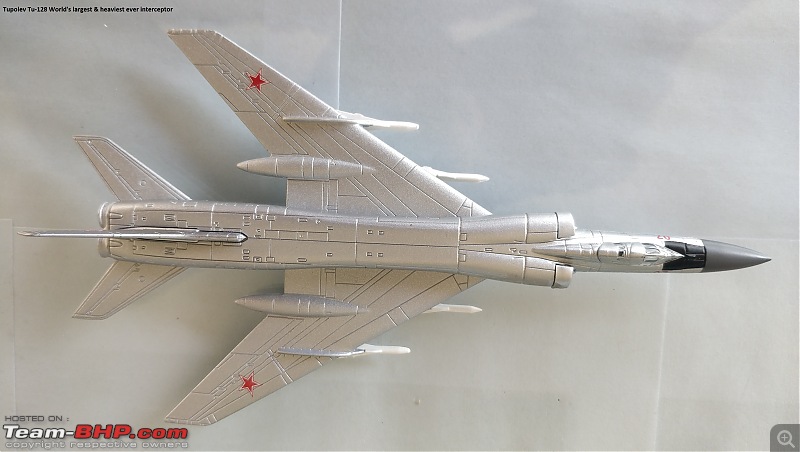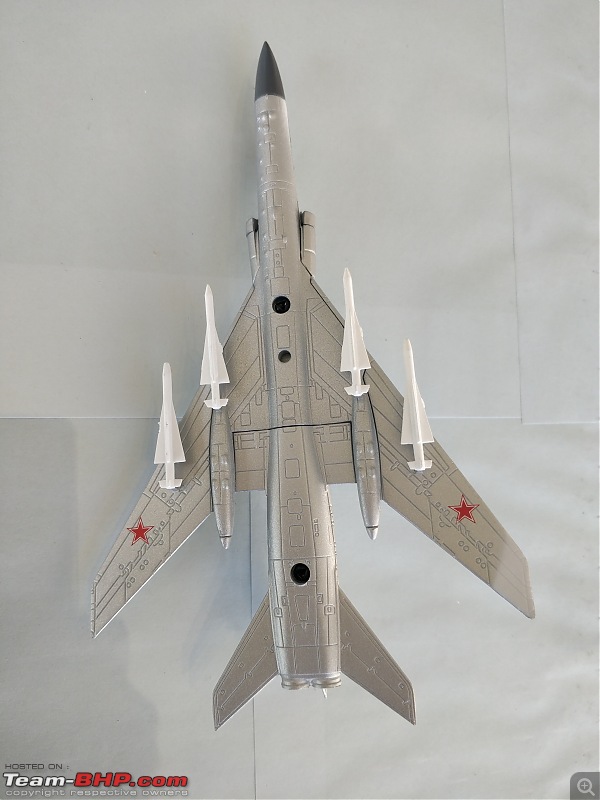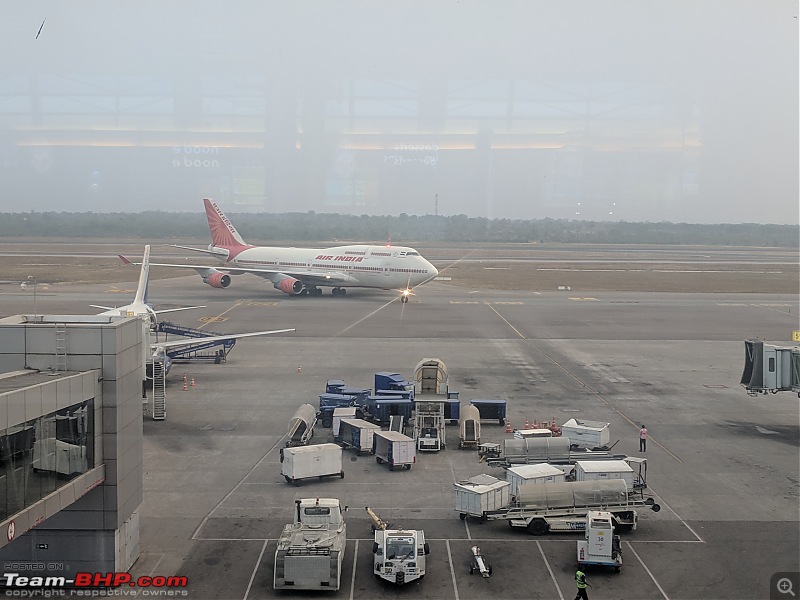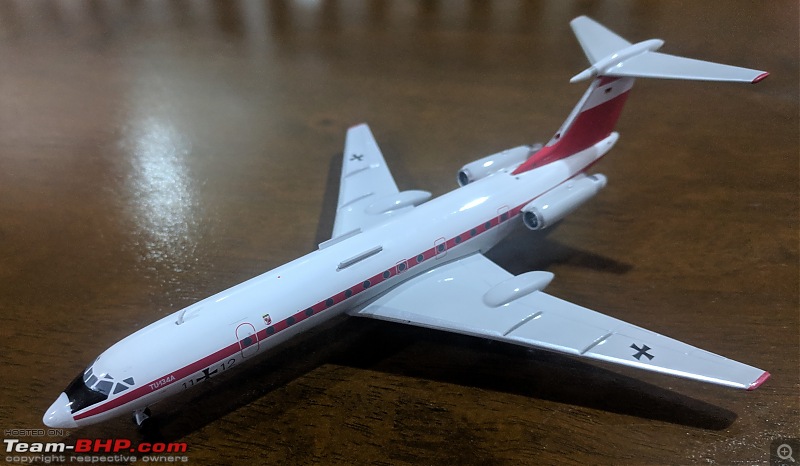1:200 Hogan Lockheed C-130H Hercules 85-1361 "Spirit of Texas" USAF Serial No: 85-1361
Plant: Lockheed Marietta Plant
Delivered: August 1986
Aircraft Name: Spirit of Texas
Unit: 181st Airlift Squadron, 136th Airlift Wing, Texas Air National Guard, United States Air Force
Base: Naval Air Station Joint Reserve Base Fort Worth, Texas
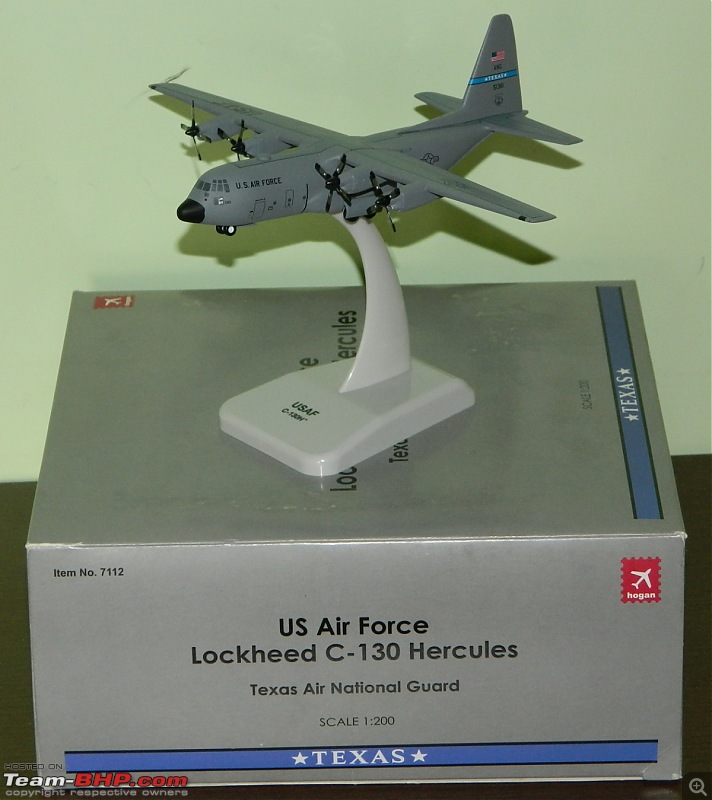
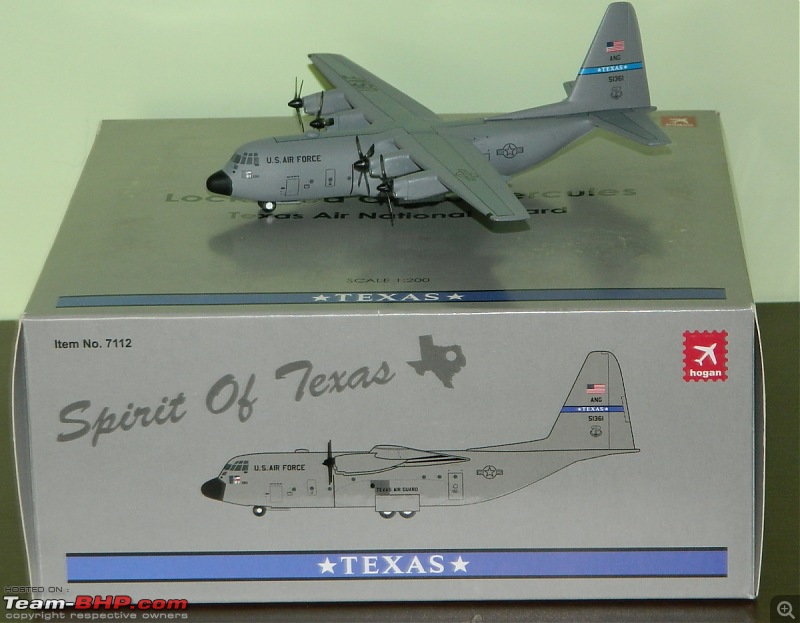
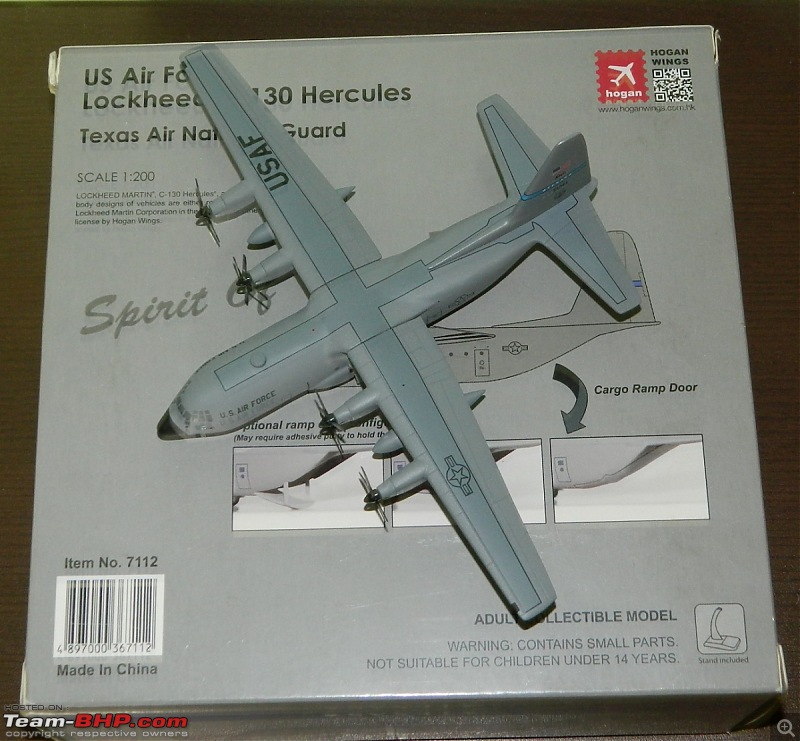
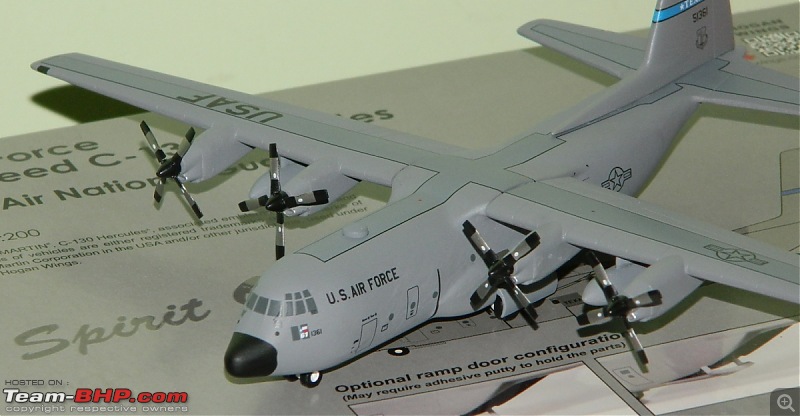




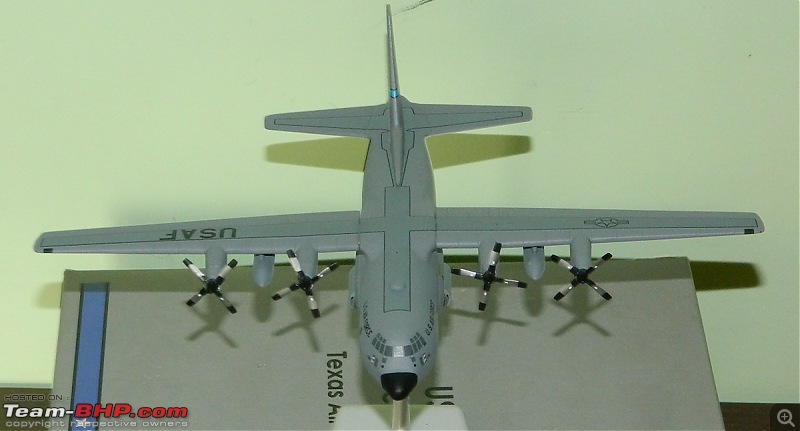
The real C-130H 85-1361

My Hercules Fleet:

Black nosed C-130s looked far better than grey coloured nose C-130s which have become the norm today.

The Lockheed C-130 Hercules is an American four-engine turboprop military transport aircraft designed and built originally by Lockheed (now Lockheed Martin). Capable of using unprepared runways for takeoffs and landings, the C-130 was originally designed as a troop, medevac, and cargo transport aircraft. The versatile airframe has found uses in a variety of other roles, including as a gunship (AC-130), for airborne assault, search and rescue, scientific research support, weather reconnaissance, aerial refueling, maritime patrol, and aerial firefighting. It is now the main tactical airlifter for many military forces worldwide. More than 40 variants of the Hercules, including a civilian one marketed as the Lockheed L-100, operate in more than 60 nations.
The C-130 entered service with the U.S. in 1956, followed by Australia and many other nations. During its years of service, the Hercules family has participated in numerous military, civilian and humanitarian aid operations. In 2007, the C-130 became the fifth aircraft to mark 50 years of continuous service with its original primary customer, which for the C-130 is the United States Air Force.The C-130 Hercules is the longest continuously produced military aircraft at over 60 years, with the updated Lockheed Martin C-130J Super Hercules currently being produced.
Compared to older C-130 models such as A,B & E models, the C-130H model has updated Allison T56-A-15 turboprops, a redesigned outer wing, updated avionics and other minor improvements. Later H models had a new, fatigue-life-improved, center wing that was retrofitted to many earlier H-models. For structural reasons, some models are required to land with certain amounts of fuel when carrying heavy cargo, reducing usable range. The H model remains in widespread use with the United States Air Force (USAF) and many foreign air forces. Initial deliveries began in 1964 (to the RNZAF), remaining in production until 1996. An improved C-130H was introduced in 1974, with Australia purchasing 12 of type in 1978 to replace the original 12 C-130A models, which had first entered RAAF Service in 1958. The U.S. Coast Guard employs the HC-130H for long-range search and rescue, drug interdiction, illegal migrant patrols, homeland security, and logistics.
C-130H models produced from 1992 to 1996 were designated as C-130H3 by the USAF. The "3" denoting the third variation in design for the H series. Improvements included ring laser gyros for the INUs, GPS receivers, a partial glass cockpit (ADI and HSI instruments), a more capable APN-241 color radar, night vision device compatible instrument lighting, and an integrated radar and missile warning system. The electrical system upgrade included Generator Control Units (GCU) and Bus Switching units (BSU) to provide stable power to the more sensitive upgraded components.
The equivalent model for export to the UK is the C-130K, known by the Royal Air Force (RAF) as the Hercules C.1. The C-130H-30 (Hercules C.3 in RAF service) is a stretched version of the original Hercules, achieved by inserting a 100 in (2.54 m) plug aft of the cockpit and an 80 in (2.03 m) plug at the rear of the fuselage. A single C-130K was purchased by the Met Office for use by its Meteorological Research Flight, where it was classified as the Hercules W.2. This aircraft was heavily modified (with its most prominent feature being the long red and white striped atmospheric probe on the nose and the move of the weather radar into a pod above the forward fuselage). This aircraft, named Snoopy, was withdrawn in 2001 and was then modified by Marshall of Cambridge Aerospace as flight-testbed for the A400M turbine engine, the TP400. The C-130K is used by the RAF Falcons for parachute drops. Three C-130K (Hercules C Mk.1P) were upgraded and sold to the Austrian Air Force in 2002.

















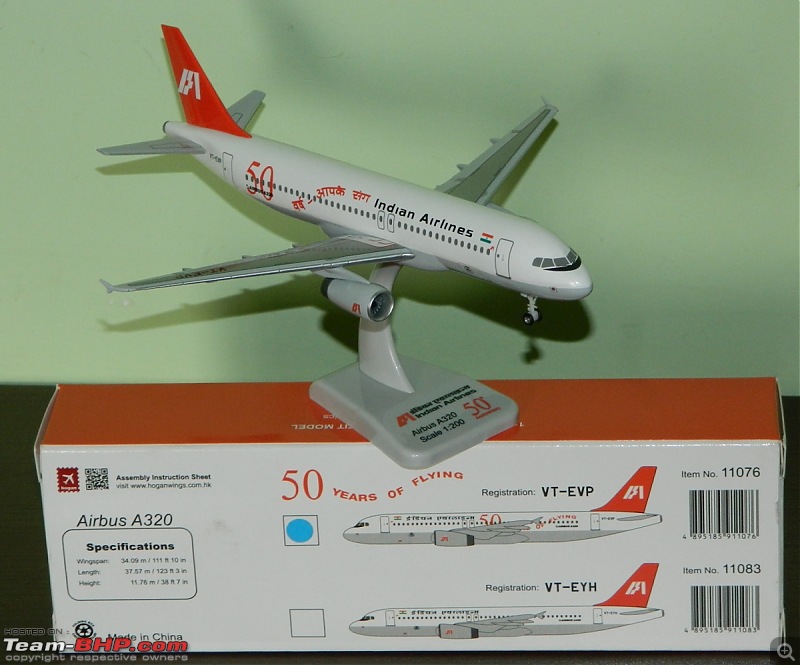




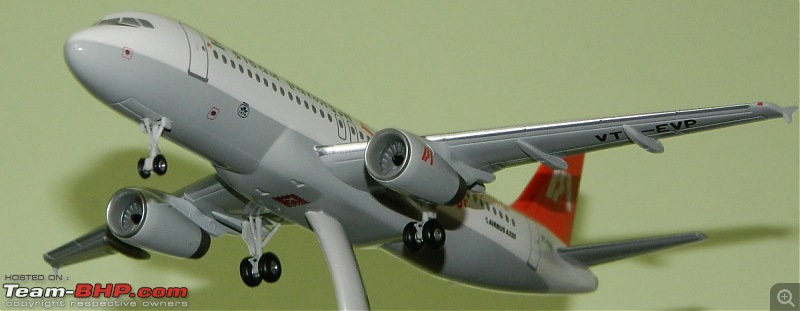

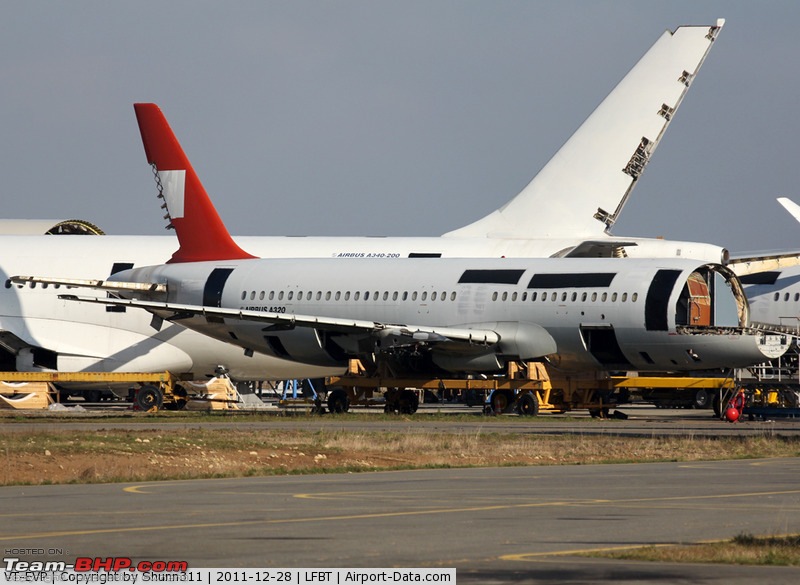



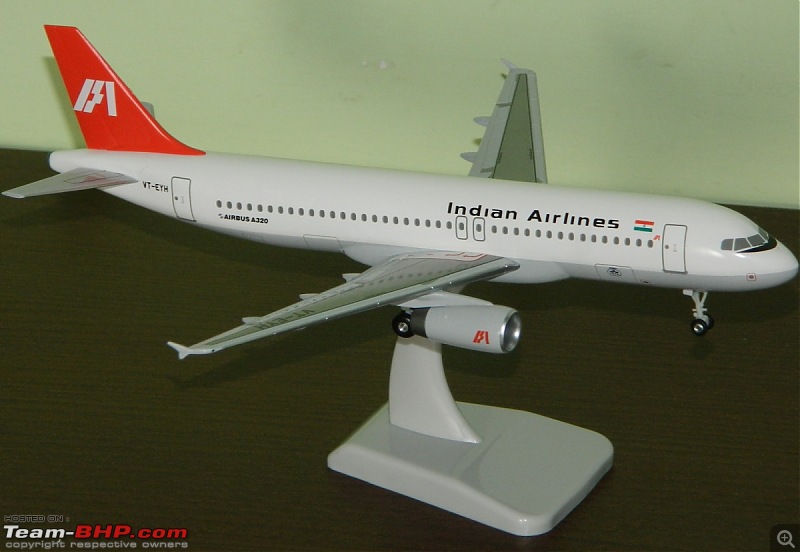




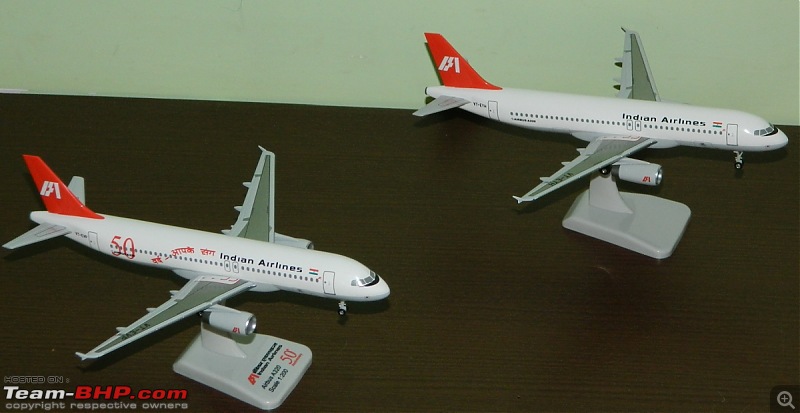
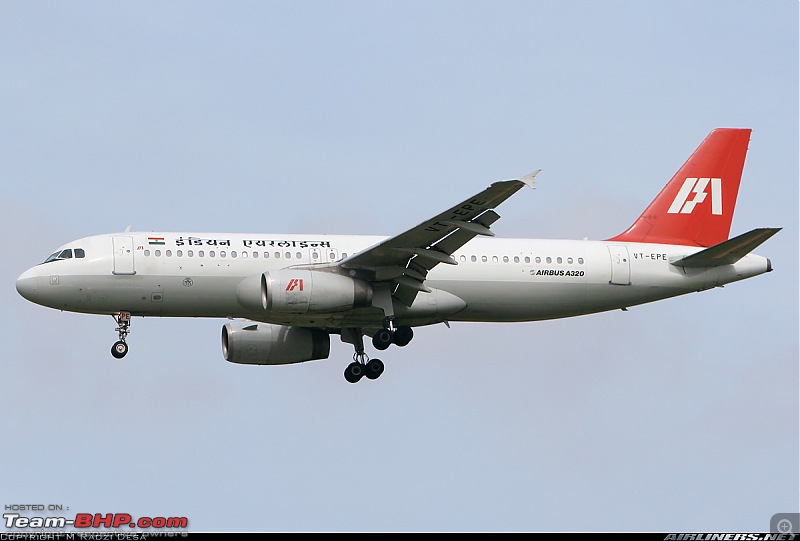















 Love to get one in 1/72 Scale. I wish the IAF bought more of them.
Love to get one in 1/72 Scale. I wish the IAF bought more of them. I have bought a diecast 1:200 777-300 a while back for the same price (although in the US).
I have bought a diecast 1:200 777-300 a while back for the same price (although in the US).



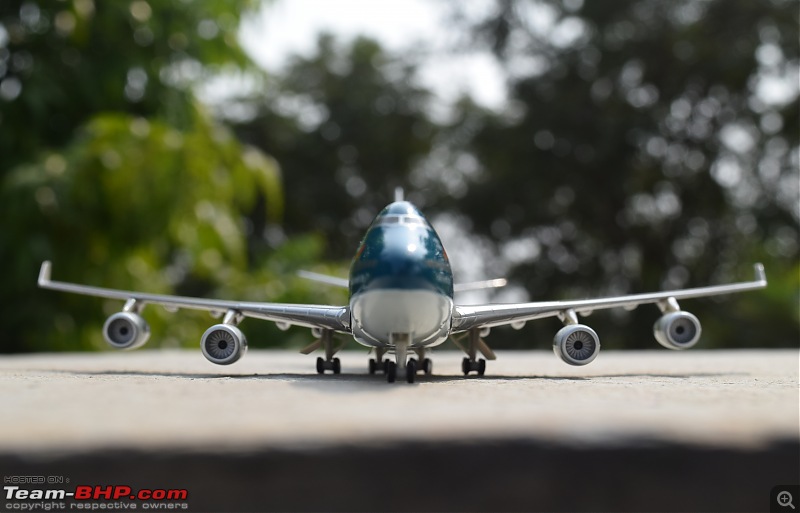
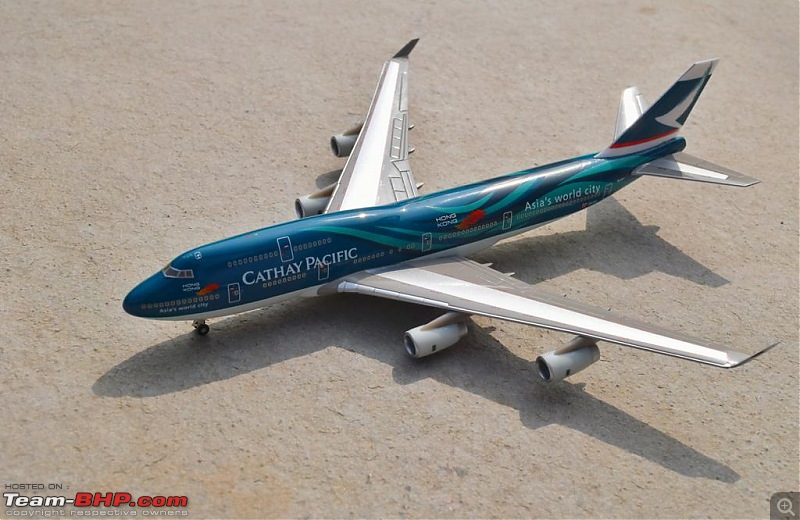
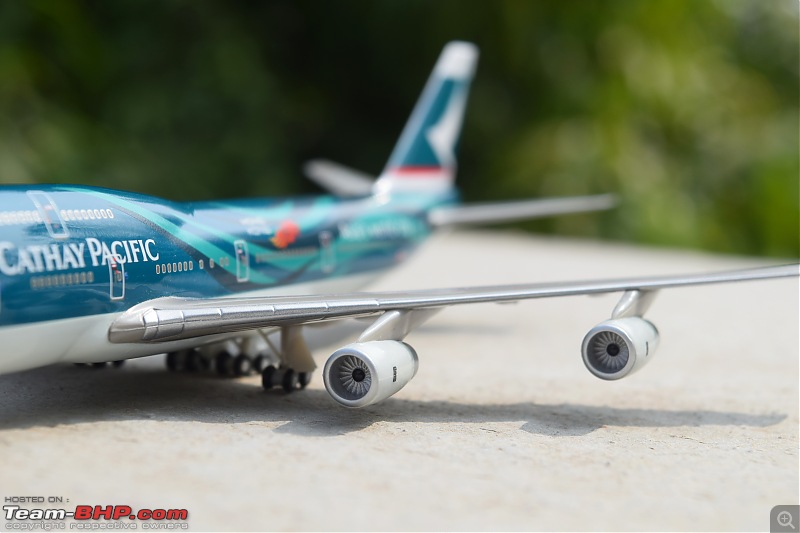


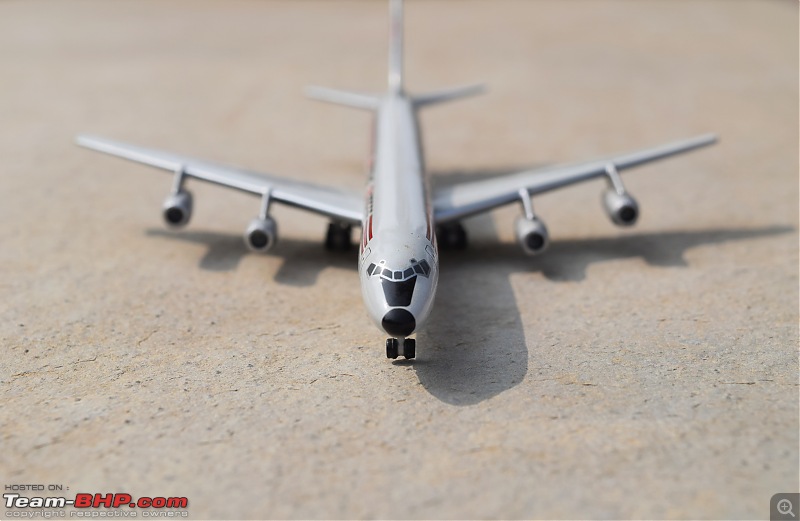

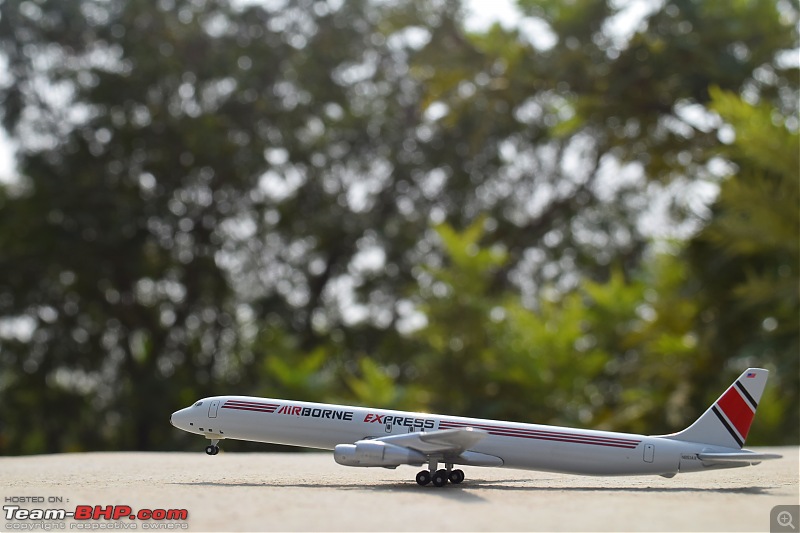







 I look forward to that C160. I have been aiming for the C160 and Mirage 2000 for awhile but keep getting waylaid by other models, along the way, who flash a leg.
I look forward to that C160. I have been aiming for the C160 and Mirage 2000 for awhile but keep getting waylaid by other models, along the way, who flash a leg.